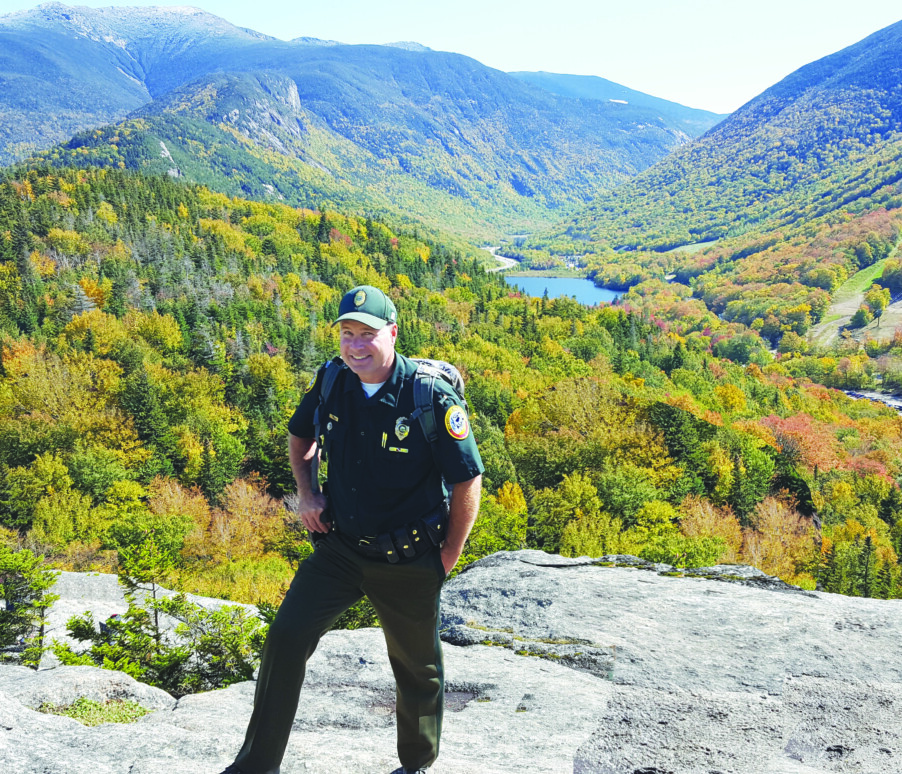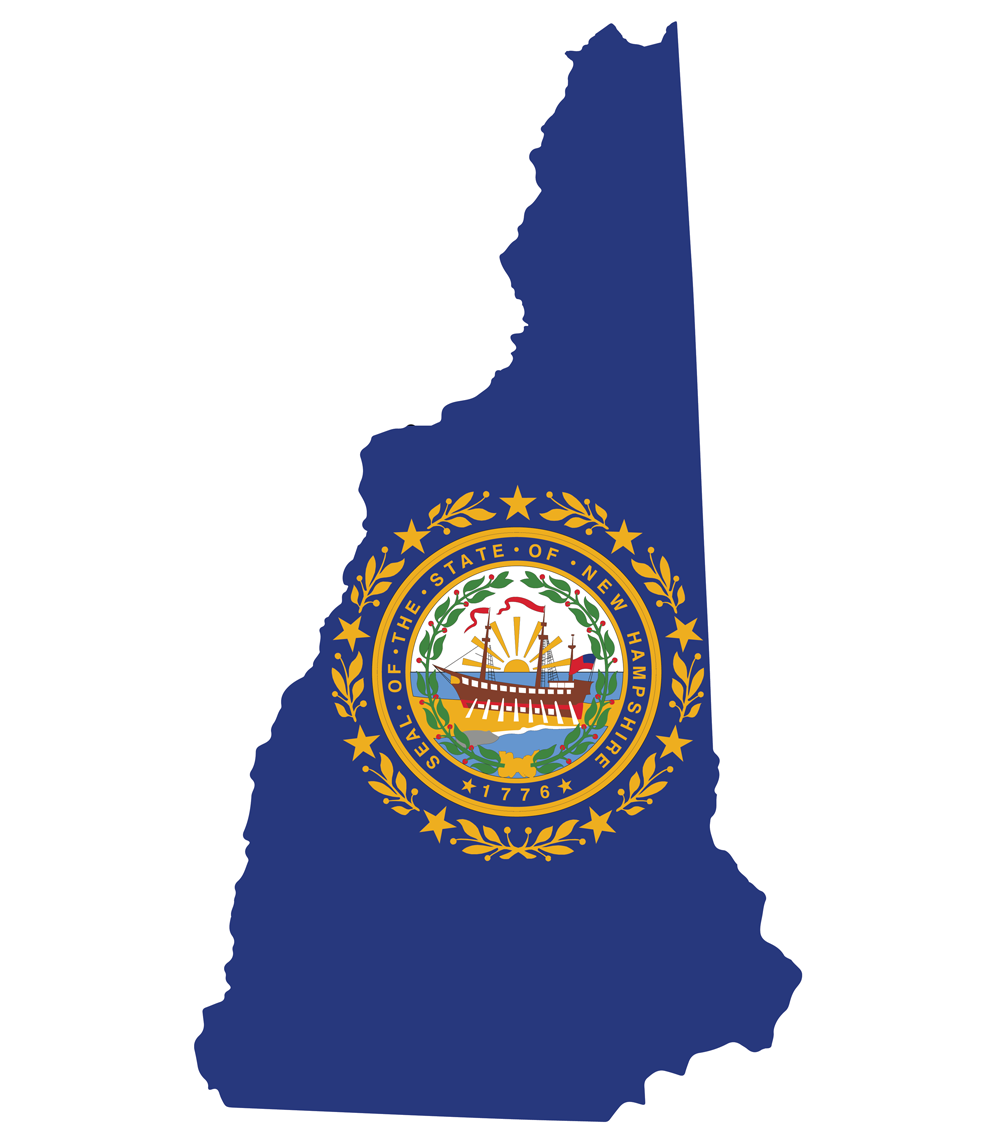Conditions on the trail are not like in your yard
Lt. Jim Kneeland is the Search and Rescue Team Leader and Coordinator at New Hampshire Fish and Game, and the Hike Safe Representative/Partner with the U.S. Forest Service. Visit hikesafe.com.
What is your advice for inexperienced hikers?
Depending on experience levels I always think that hiking in a group is obviously a good idea. Then you can bounce ideas off of one another when you’re out on your excursion, like when to turn back or if you don’t feel comfortable with the conditions. Or better yet if you’re really inexperienced there are a list of guides that you can find online and going with an experienced guide, maybe taking your first time or two to kind of go through a safe way to go hiking … in adverse conditions or basic conditions that you’re not familiar with. That’s another good way to gain some experience is to go with a guide.
What should hikers know about springtime in New Hampshire?
Hiking enthusiasts [who] come from the south where their lawns might be green and the daffodils are coming out … there are still a lot of times late into the spring [with] winter-like conditions and that means you should be prepared … with clothing, footwear, traction devices, even after today you probably need snowshoes again here, even in April. That’s the kind of thing we see people usually screw up here and that’s the change of the seasons, being prepared for where … different weather conditions that are still going on here in elevation.
What is a Hike Safe card?
A Hike Safe card is a way that we help fund search and rescue here in New Hampshire. Traditionally, prior to the advent of the Hike Safe card, the only way that Search and Rescue was financed was through this $1 surcharge on OHRV [Off-Highway Recreational Vehicle] registrations and boat registrations, and that wasn’t eating the cost of search and rescue here in New Hampshire, so they came up with the voluntary Hike Safe card, which is a $25 per person or $35 per family Hike Safe Card which lets you support Search and Rescue in New Hampshire and actually has helped defray the cost of Search and Rescue placed upon the agency.
What should you do if you encounter a bear, bobcat, etc.?
We do have, obviously, bears, bobcats, coyotes, foxes, those kinds of things here in New Hampshire. It’s very rare, you might see one, but it’s very rare that you have an adverse interaction with one. Making noise, making yourself appear large, usually gets the animal to go the other way. I can’t think of a time, there’s only been a few occasions where … not myself, but I have heard of bad interactions with people outdoors and that’s typically because they surprised the animal or maybe even, in the instance of a bear, maybe got between a sow and its cub, but typically most wildlife doesn’t hang around long enough…. Noise is my best advice.
What should Granite Staters do to help preserve wilderness areas they frequent?
They can visit websites through the Forest Service, Appalachian Mountain Club and whatnot to see the best ways to protect those fragile environments above treeline and that’s basically staying on the trail, not trampling vegetation…. A lot of our trails are marked by rock cairns, which are piles of rock that mark the trails, and then in the summer months when you can see the granite that you’re hiking on there’s usually a painted blaze on the rock or a tree that depicts where the trail goes, so staying on marked trails…. Then obviously, no one likes to see garbage and stuff up on the trail. Take what you bring. It baffles me to go hiking and you see people putting dog poop in the green bags and leaving the bags on the side of the trail. If you’re going to pack it in, you can pack it out, so that’s my advice on trash….
—Zachary Lewis
Featured image: Lt. Jim Kneeland. Courtesy photo.






